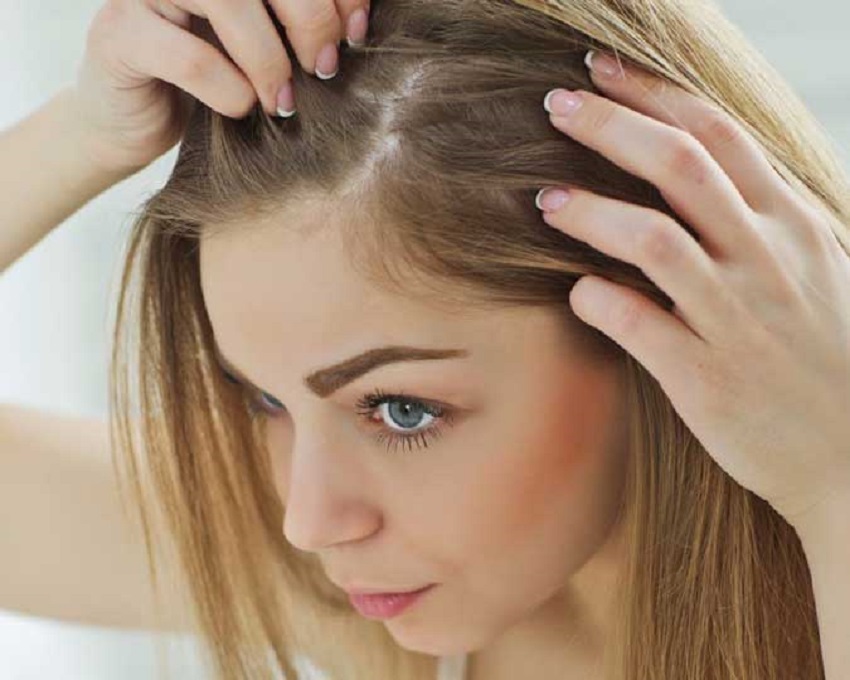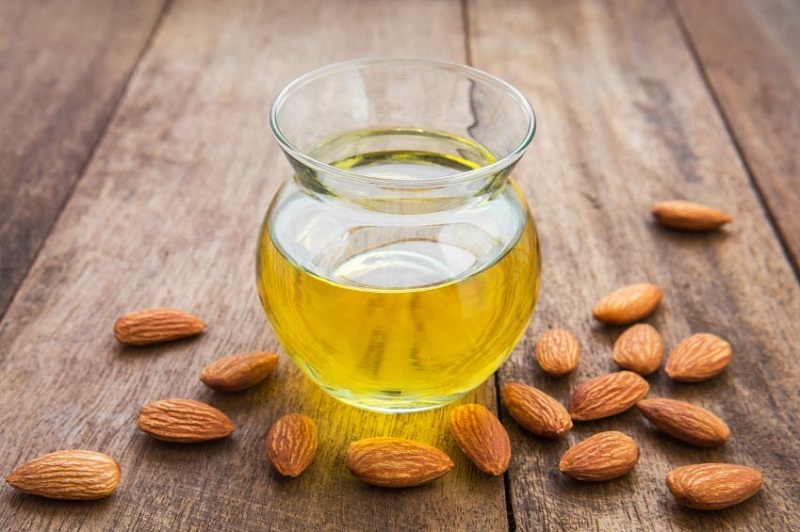Many people do the whitening of teeth to remove stains and discoloration of their teeth. It is considered as one of the most common cosmetic procedures, especially for those who want to give new shine to the teeth, which should be repeated in the long run to maintain the gloss effect.
Dentists are professionals who are involved in the total bleaching, through a simple and painless, to eliminate that annoying yellowish patina. In trade there are also of alternative products, such as whitening toothpastes, which are useful to achieve the same effects of the total whitening.
Is whitening toothpaste effective? Are there any contraindications? What causes the yellowish color in your teeth? Find out in our article!

The causes of yellow and stained teeth
The causes that originate the yellowish color in your teeth is usually due to advancing age, as the enamel of the teeth tends to weaken over time. In addition, there are some drinks, such as coffee, which tend to “stain” the teeth, and the only way to remove these stains is to resort to bleaching of the teeth, in that a simple toothbrush is not sufficient.
The spots, in fact, may have intrinsic nature, and hence the name of “intrinsic stains”: What does it mean? The teeth may have stains placed more in depth and not in the most superficial layer of the teeth. This is because the teeth may have been exposed to fluoride during the age of development, so during the evolutionary state. Or, an antibiotic therapy during the period of pregnancy can disrupt the natural white color of the teeth of children, when they have yet to develop.
Teeth whitening, in any way is made, obtained positive results on stains caused by coffee, tobacco, or other beverages.
Types of teeth whitening
As anticipated, teeth whitening is not a definitive treatment, because we should completely eliminate all the causes that affect the natural color. Obviously, if you exclude all foods that cause stains, then bleaching would have a much longer duration than expected.
You may also like to read another article on Natural-Lotion: What is tooth enamel and why is it so important?
What are the methods to whiten teeth?
Let’s see:
- Whitening toothpastes: Any toothpaste has among its prerogatives to whiten your teeth, because it contains chemicals that can remove the stains. There are then the toothpaste marked just for bleaching, compounds from hydrogen peroxide or carbamide, able to lighten the color of the teeth of tone 1. It is the most common method, if used consistently can prevent and remove stains from yellow teeth.
- Gel: Gel on the market are also to be applied in the teeth or tooth. Generally, the application must be carried out for about twice a day for 2 weeks, and the results are effective for about four months.
- Strips: Are extremely thin, almost imperceptible and are coated with a peroxide-based bleaching gel, able to donate results already in a few days, with application twice a day for about 30 minutes.
- Whitening rinses: The use of mouthwashes is recommended to keep your mouth, teeth and gums always healthy. Some mouthwashes have bleaching properties and in 12 weeks you get the first results.
- Whitening masks: Consists of the insertion of a gel inside a whitening mask to be applied in the teeth, every day for about two hours, over a period of at least 4 weeks.
- Whitening the dentist: Definitely the most expensive method, quicker and more effective. A whitening product is applied on the teeth through a laser intervention or with special light, able to achieve effective results already in one sitting.
Are there any contraindications?
The teeth whitening, whatever method is used, is not a suitable process at all or advisable in any case. There are indeed cases in which it is not recommended:
- Age and pregnancy is not recommended in children under 16 years and in women who are pregnant or breastfeeding.
- Sensitive teeth or allergies: inflamed gums, sensitive or allergic to the active ingredients of bleaching products should avoid these procedures.
- Fillings or cosmetic procedures on the teeth: the bleaching chemical effect of the product on the teeth that have undergone artificial changes (bridges, crowns, veneers) are not bleached and then the teeth will suffer uneven bleaching.



